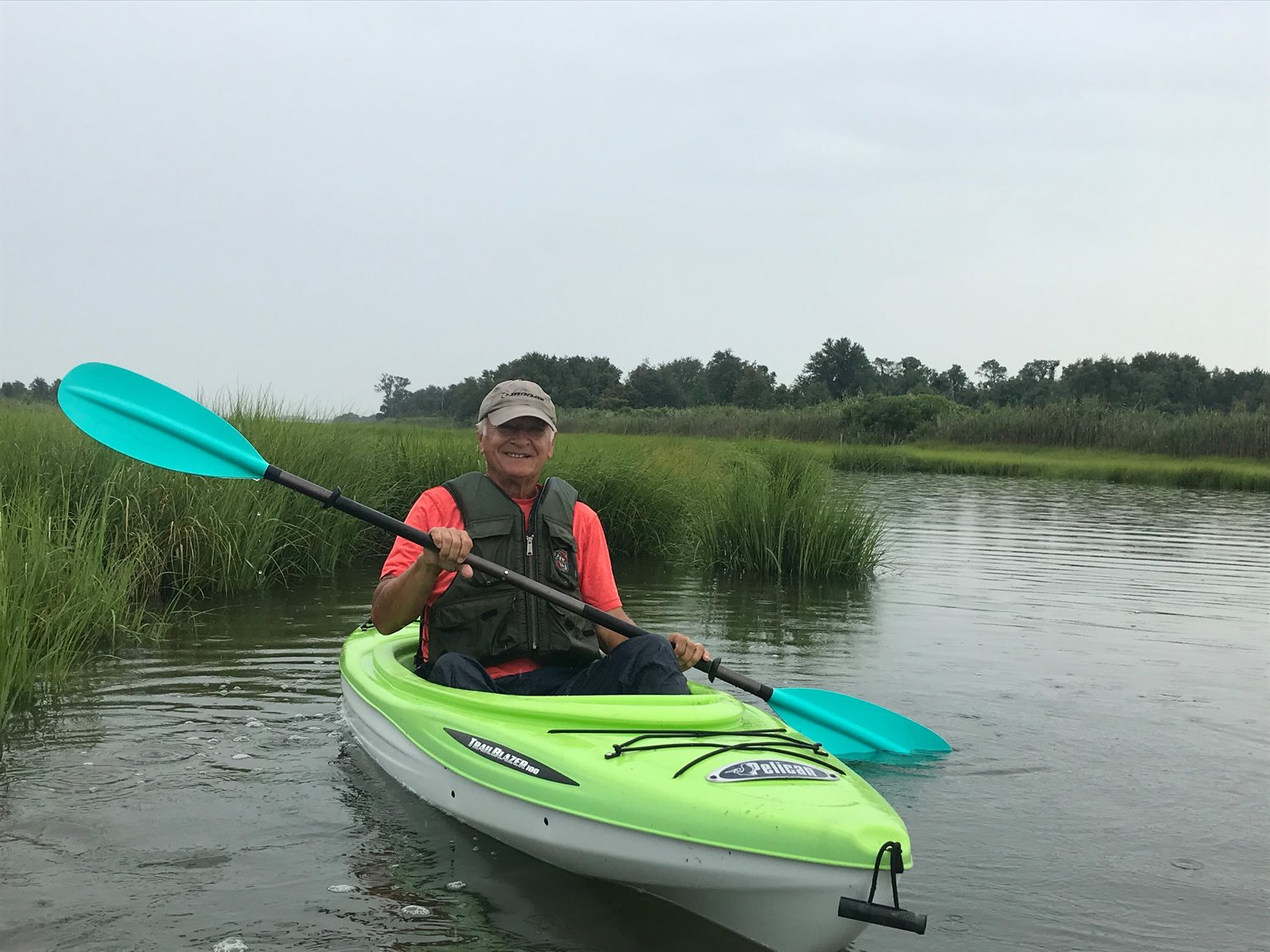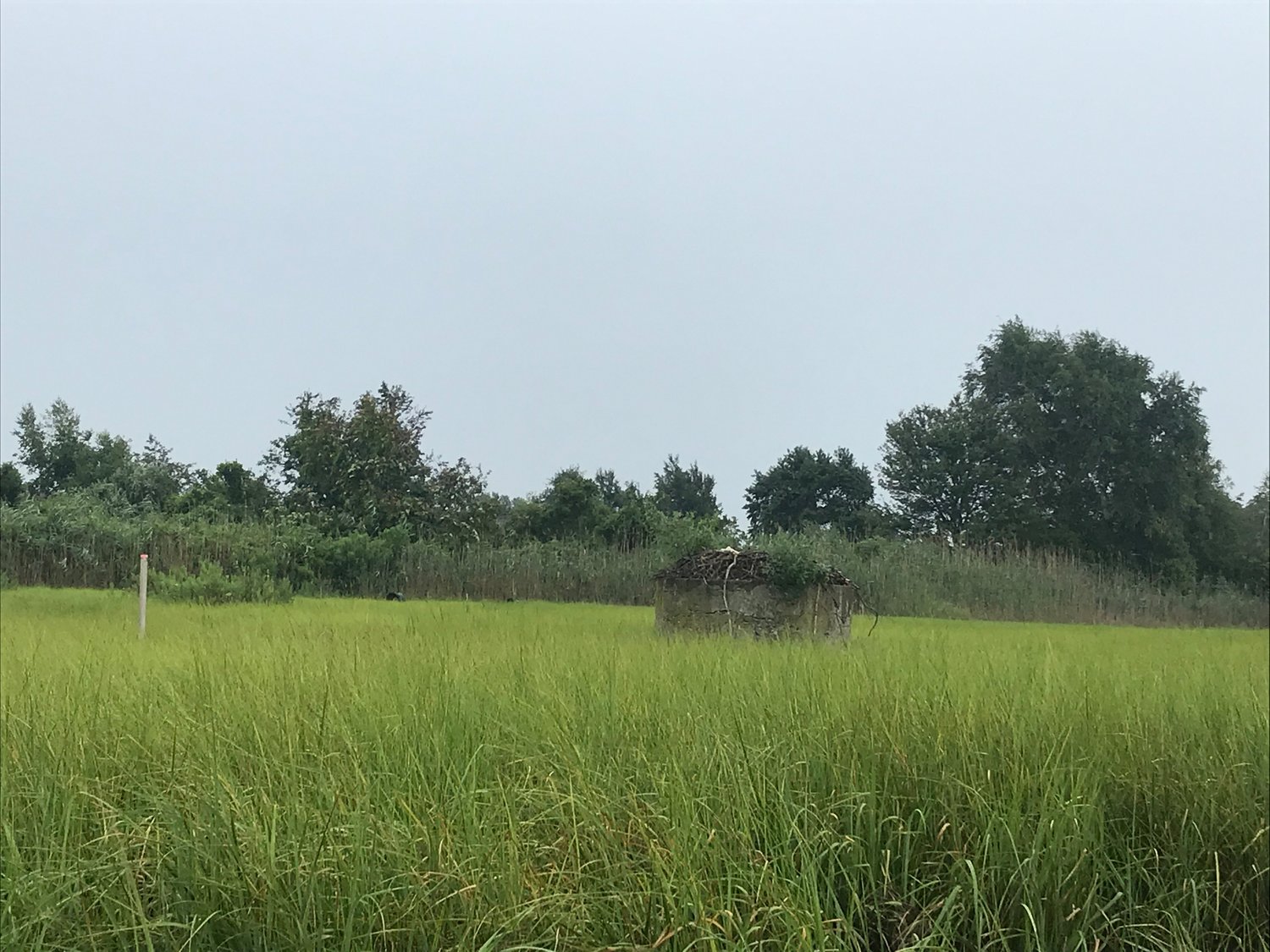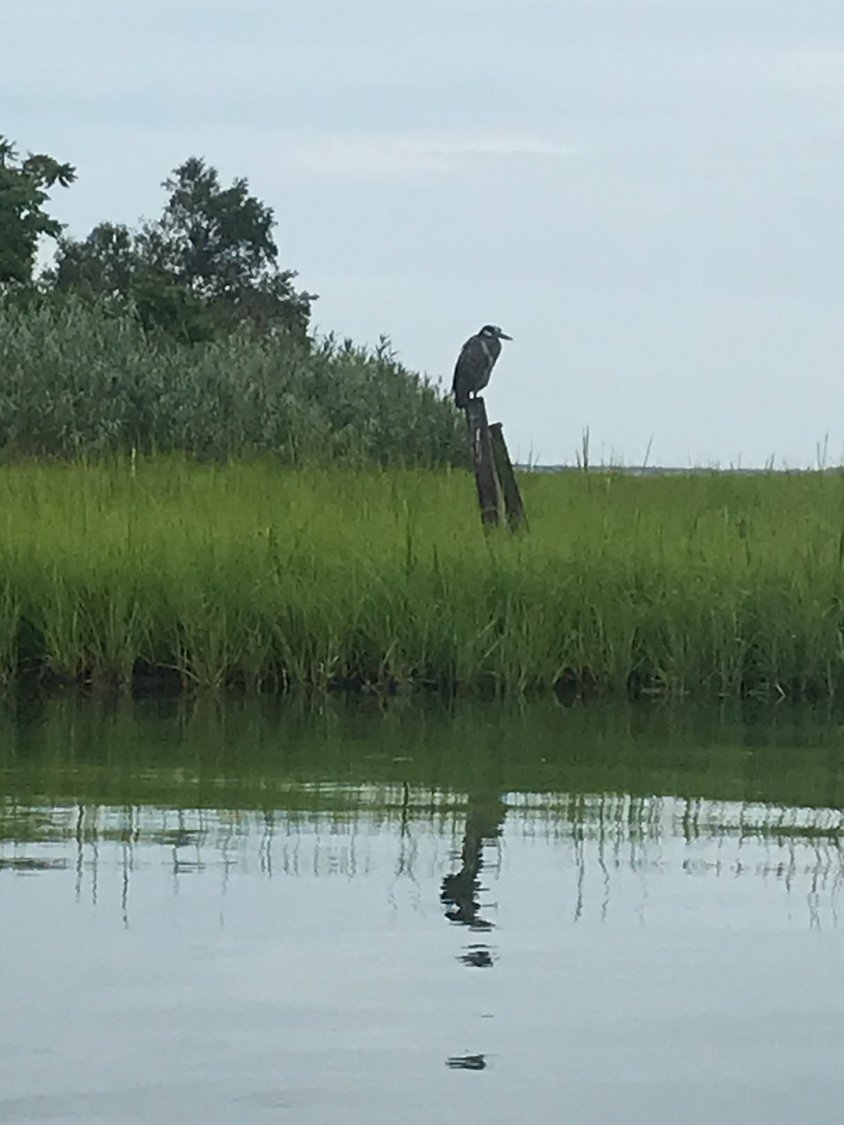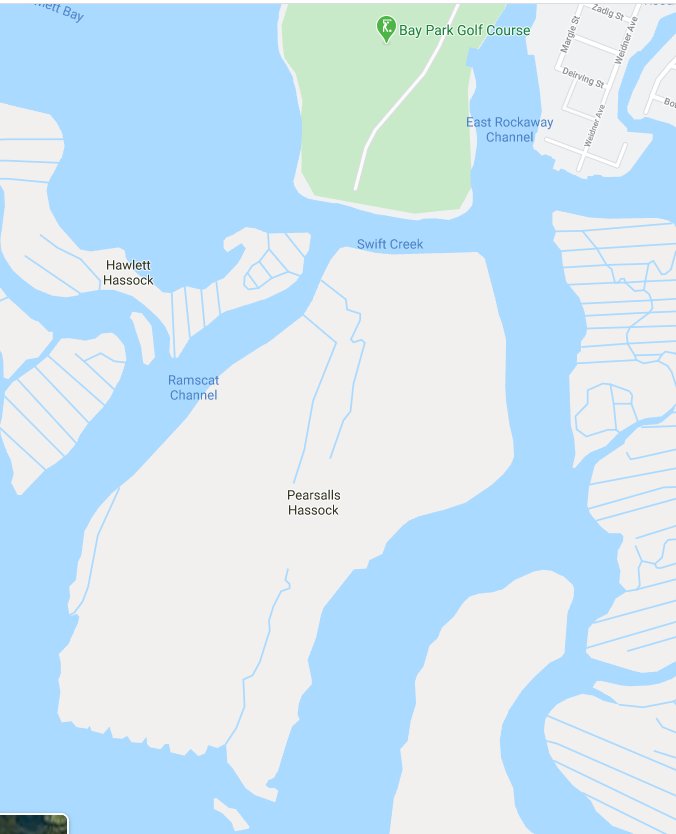Historian worries about how Long Beach Consolidation Project might affect marine life in the wetlands
Art Mattson was paddling his kayak on Aug. 6 in Pearsalls Hassock, a small saltwater marsh connected to Hewlett Bay, when he suddenly stopped to watch as a white egret glided over the water.
“That’s the beauty of this place,” he said, smiling as he watched the bird. “It’s a pocket of heaven.”
But for Mattson, a Lynbrook resident, history author and a director of the Historical Society of East Rockaway and Lynbrook, there is a growing fear that the beauty he often observes while kayaking in the hassock could be in jeopardy.
Pearsalls Hassock, through which he took this reporter on a kayaking tour on Aug. 6, is the site of a planned Long Beach Consolidation Project. The plan will see the complete dismantling of the existing water pollution control plant in Long Beach, which will be converted to a pump station that will connect to the Bay Park plant through an underwater force main.
There are stakes where the pipe will run near Pearsalls Hassock, and Mattson said he worried that the project could harm wildlife habitats, including an osprey nest that is in line with the stakes.
“No one’s paying any attention to that, and there seems to be no plan to preserve what’s there,” he said. “Maybe they’ll have it in mind . . . I’ve asked what are they doing about it, and I haven’t gotten a response. I’m hopeful they’re going to do it the right way and do the right thing. It’s being glossed over right now.”
Mike Fricchione, Nassau County’s deputy communications director, said minimal disruption to habitats was anticipated.
“The project is intended to improve water quality, which in turn will improve and protect the hassocks,” he said. “Any impacts on habitats would be minimal and temporary. The project is being done in consultation with the U.S. Fish and Wildlife Service, ensuring proper measures are taken to prevent any adverse impacts to birds and wildlife. Anything moved on the hassocks will be restored immediately following construction.”
Mattson said he supported the project because it would allow the Western Bays to recover after years of nitrogen loading from the Bay Park treatment plant, but he is also concerned how construction might affect marine life.
Currently, the Bay Park plant sends treated wastewater into Reynolds Channel, just north of Long Beach, where it disperses into the Western Bays and surrounding wetlands. Owing in large part to the nitrogen in treated wastewater from the Bay Park plant, as well as the Long Beach, Cedarhurst and Lawrence treatment plants, the Western Bays are impaired by macro algae blooms and other water-quality impacts, such as low dissolved oxygen. There is a $400 million plan to re-route treated effluent from Bay Park to the Cedark Creek Wastewater Treatment Plant on the Wantagh-Seaford border via an aqueduct beneath Sunrise Highway.
During high tide, Mattson said, the narrow, jagged waterways leading into the hassock from the north open onto several acres of saltwater marsh flora, fauna and marine life. Kayaking there, one might spot blue herons, ospreys, egrets, gulls, terns, redwing blackbirds, Canada geese, sandpipers and horseshoe crabs.
Along the hassock, posts with orange tags are aligned, defining the proposed pipeline that will be constructed 24 feet below ground to connect the Bay Park plant to Long Beach. Mattson said he hoped the proposed conveyance project would not harm marine creatures or habitats along the route.
“I don’t know if it will, but no one is thinking about it yet,” he said. “I just want them to think about it.”

 47.0°,
Fair
47.0°,
Fair 













